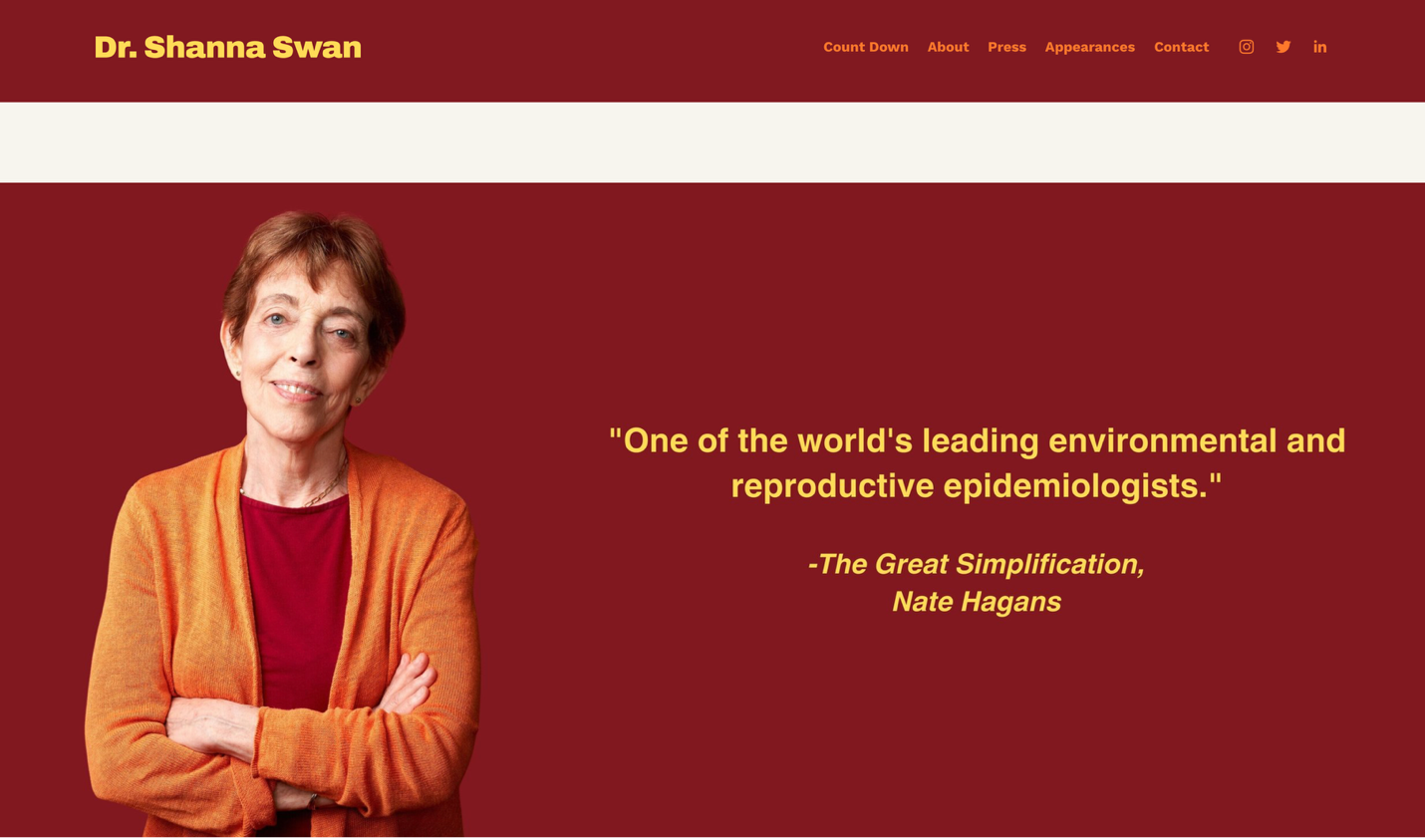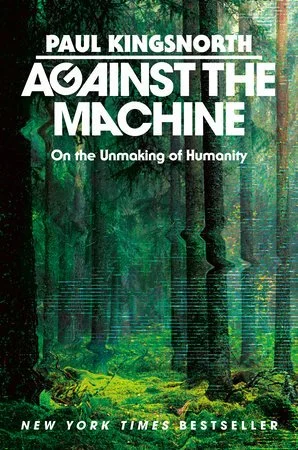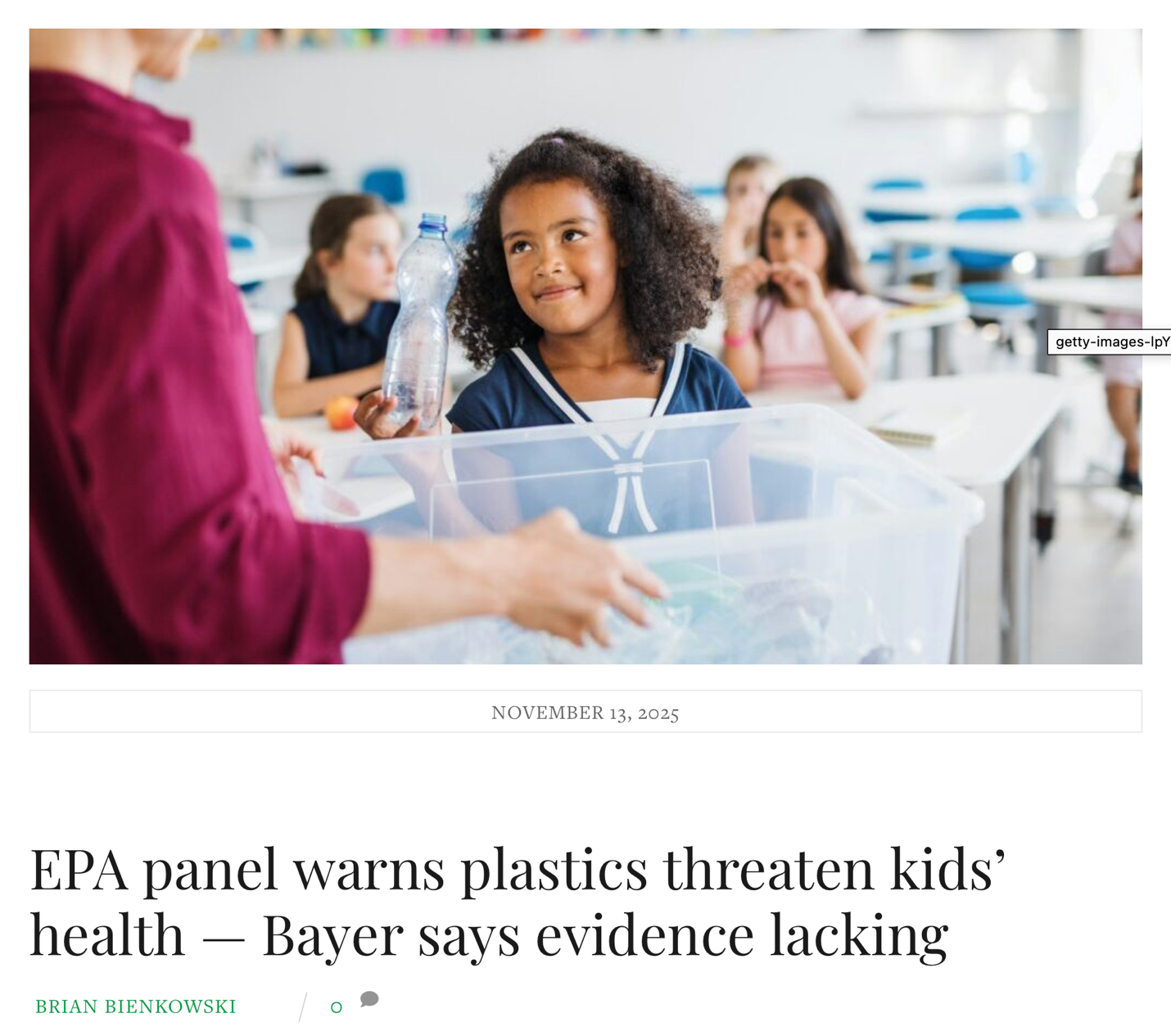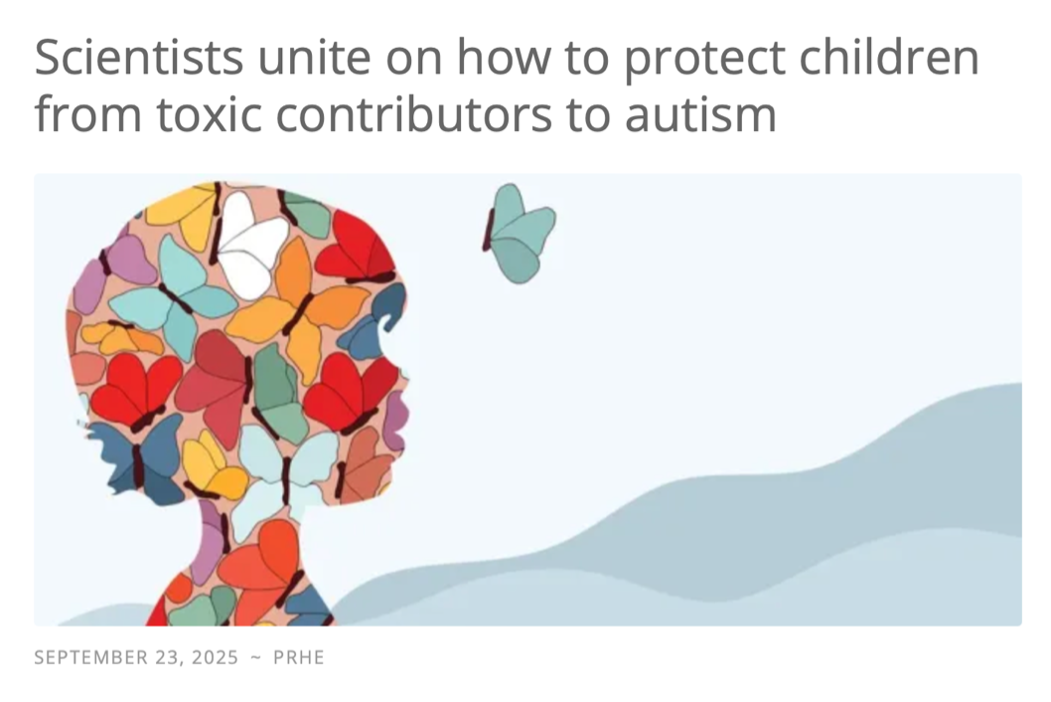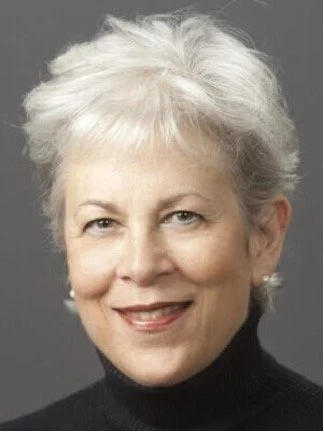Jean-Marie Kauth, PhD, MPH is a member of the Children's Health Protection Advisory Committee, but the views expressed here are hers alone and do not represent the views of the committee.
During the December meeting of the Children's Health Protection Advisory Committee (CHPAC) to the EPA, I had the opportunity to share comments with the EPA's Office of Chemical Safety and Pollution Prevention. It was something of an out-of-body experience, given that it triggered my PTSD over Katherine's death, bringing me right back to the moments when I had to plead with my City Council to stop poisoning my children with mosquito spraying, while my beloved daughter struggled with all her strength to survive leukemia. So I don't remember every word I said as I was re-traumatized. But the opportunity to speak on behalf of children who have died or been harmed by chemicals was too important to pass up, so I wrote out the following comments and managed to express at least some of them at the meeting.
CHPAC Meeting December 13-14, 2023
Michal Freedhoff, Assistant Administrator for the Office of Chemical Safety and Pollution Prevention
I would like to apologize in advance if my comments seem too frank, but I think it is very important that you hear my perspective.
The Office of Chemical Safety and Pollution Prevention’s website says that your mission is the following: “Using sound science as a compass, OCSPP’s mission is to protect you, your family, and the environment from potential risks from pesticides and toxic chemicals.” Your office implements FIFRA (Federal Insecticide, Fungicide, and Rodenticide Act), FFDCA (Federal Food, Drug, and Cosmetic Act), TSCA, and the Pollution Prevention Act.
Yet, despite your best efforts, the failure of this office to regulate chemicals in the United States in any meaningful way has cost my own daughter’s life and the lives and well-being of innumerable American children over the past seven decades. My daughter Katherine died at age eight of leukemia we have every reason to believe was caused by mosquito spraying with chlorpyrifos without our knowledge or permission. This, despite decades of robust evidence linking chemicals like chlorpyrifos to cancer, and all the other diseases currently on the rise among children (Zahm and Ward 1998; Infante-Rivard and Weichenthal 2007; PCP 2009; Metayer et al. 2016; Bouchard et al. 2011).
Zahm and Ward’s seminal review showing links between pesticides and childhood cancer came out in 1998 – one of my first forays into this field because that was the year my daughter was diagnosed. Yet chlorpyrifos was not significantly restricted until the beginning of this administration – for reasons I know were not entirely within your control, and now those efforts have been overturned in court. Under TSCA, only 5 chemicals have been successfully banned, although it is well known that many other chemicals in heavy use cause cancer, autism, ADHD, lower IQs, birth defects, autoimmune and endocrine effects, among others. Childhood leukemia has increased 35% in the last 40 years, and autism now afflicts 1 in 36 children, 1 in 23 boys. This is a number I must update every year. Most children lose IQ points to exposures.
I would like to mention in particular the industry’s enthusiasm for NAMs (New Approach Methodologies). These testing methods may show promise in quickly screening new chemicals for toxicity. But they are no replacement for more rigorous methods; they are particularly poor at discerning neurotoxicity. Where there is strong epidemiological evidence that a chemical causes neurocognitive or neurobehavioral problems, it is wrong to substitute a weaker method in order to downgrade the meager protections our children currently have, as the industry would have us do. Additionally, when human cell culture testing is used to reduce the inter-species uncertainty protection for NOAELs, our children are much less safe. Industry has used animal rights as a veil for their reprehensible efforts to be allowed to poison our children for profit. But I expect the EPA, at least, not to yield to such obvious machinations.
So I would like to know – how many more children must die while your office makes incremental change so as not to upset industry? Can you please tell me what your office is doing to implement better, more comprehensive protections for our children going forward?
*************************************************************************************************
It should be said that these leaders at the EPA are not the bad guys -- they struggle against the many forces of industry arrayed against them. I am very grateful to the several members of the committee and the EPA who later spoke with me, expressing sorrow for my loss and support for my bravery in speaking up. It was certainly difficult, and though I am sometimes well-spoken, I fear my eloquence failed me in the moment. It was everything I could do to remain calm and get the words out. Yet at least I spoke up, though it felt like struggling for help under a thick blanket of dark water, or that dream where you have something very important to say but find your voice paralyzed. I could tangibly sense the forces compelling silence, forces that I think most parents in my position feel. I represent many, many people who could not be present in that room, and Katherine most of all.

